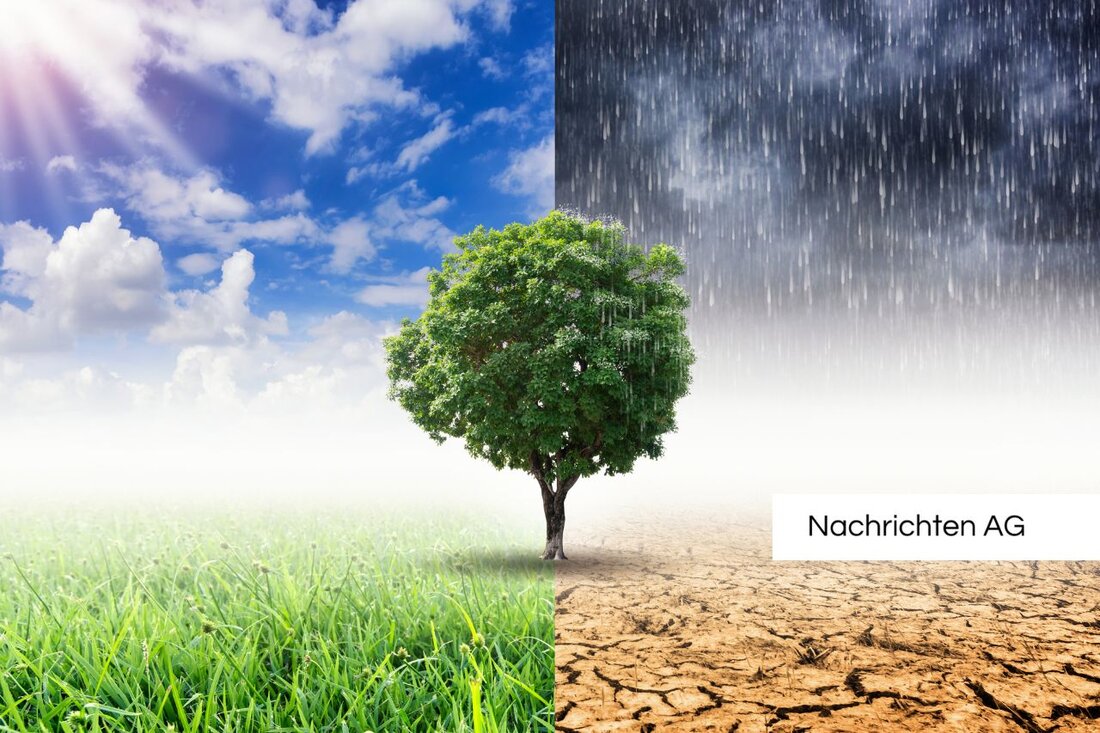Northern lights illuminate Brandenburg: A sky spectacle awaits!
Discover the fascinating northern lights in Brandenburg! On October 19, 2025, clear skies offered spectacular sightings.

Northern lights illuminate Brandenburg: A sky spectacle awaits!
On the cold, clear night of Sunday, October 19, 2025, many people in several regions of Germany, especially in Brandenburg and Berlin, were able to experience a spectacular natural spectacle: the Northern Lights, also known as the Northern Lights. The German Weather Service (DWD) determined that the high chances of visibility that night were due to the dry air masses and clear nights. Numerous photographers and nature lovers went out to capture this rare event. Various media outlets reported impressive images that showed the colorful lights in the sky [rbb24](${https://www.rbb24.de/panorama/teil/2025/10/brandenburg-nordlichter-polarlichter-aurora-borealis.html}).
Have you ever been able to see the northern lights? Many people travel to Finland or Norway specifically to experience these lights live. But in the current situation it was enough to simply drive to the countryside to enjoy the darkness and clear nights. The DWD announced clear visibility conditions in Brandenburg again for the night of Monday, October 20th, increasing the chances of another polar spectacle [Tagesschau](${https://www.tagesschau.de/wissen/polarlichter-deutschland-126.html}).
How are northern lights created?
The fascinating northern lights are caused by the solar wind and electrically charged particles that hit oxygen or nitrogen atoms in the Earth's atmosphere and cause them to glow. The most common colors are red and green - a highlight that comes from the oxygen. More rarely, however, the lights also show blue as well as purple and pink when the particles interact with nitrogen collectors. Digital cameras with long exposures help to display the colors even more intensely, which pleased the photographers [rbb24](${https://www.rbb24.de/panorama/teil/2025/10/brandenburg-nordlichter-polarlichter-aurora-borealis.html}).
Did you know that northern lights are usually visible north of the Arctic Circle? However, they can become visible during strong solar activity up to 20 degrees latitude, up to areas with warm climates. Interestingly, in 1859, northern lights were even observed over Hawaii and the Caribbean. Germany lies between the 47th and 55th parallel and therefore has a favorable location for such light shows [Tagesschau](${https://www.tagesschau.de/wissen/polarlichter-deutschland-126.html}).
The solar cycle and its effects
An important factor in the formation of auroras is the eleven-year solar cycle, which influences the frequency and intensity of the lights. Sunspots, which are indicators of the sun's activity, also play a crucial role: the more sunspots there are, the more active the sun is. While geomagnetic storms that benefit the auroras can also affect storm networks, the visibility of these light phenomena depends heavily on weather conditions and the strength of the solar wind [SETI](${https://www.seti-nordlichter.de/vorhersage-apps/sonnenaktivitaet-nordlichter/}).
If you've never been lucky enough to see the northern lights, you should keep an eye on the coming nights. As long as the skies remain clear, the next opportunity might not be that far away. So grab your camera and keep an eye out for this breathtaking spectacle in the sky!

 Suche
Suche
 Mein Konto
Mein Konto